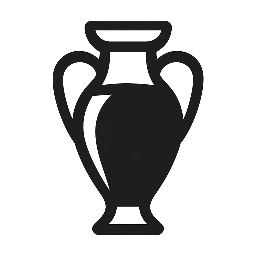Your basket is currently empty!
The Death of Julius Caesar’s Son, Caesarion (30 BC)
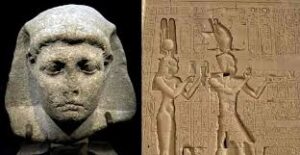
On July 15th, 30 BC, Caesarion, the son of Julius Caesar and Cleopatra VII of Egypt, was reportedly executed on the orders of Octavian (later Emperor Augustus). His death marked a pivotal moment in the power struggles that followed Caesar’s assassination. Octavian viewed Caesarion as a significant threat to his claim as Caesar’s sole heir and legitimate successor. The young man, who had been co-ruler of Egypt with his mother, was betrayed and captured after fleeing Alexandria. His elimination solidified Octavian’s position and cleared the path for the establishment of the Roman Empire. This act effectively ended the Ptolemaic dynasty in Egypt. It was a ruthless but strategically important move for Octavian’s consolidation of power.
The Capture of Jerusalem by the First Crusade (1099 AD)
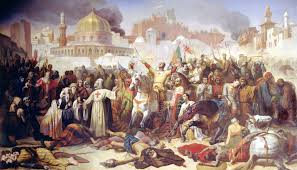
July 15th, 1099, marked a momentous and bloody day in the history of the Crusades. After a five-week siege, Crusaders breached the walls of Jerusalem and captured the city from its Fatimid defenders. This event was the culmination of the First Crusade, which had set out from Europe in 1096 with the goal of reclaiming the Holy Land. The fall of Jerusalem was accompanied by a brutal massacre of its inhabitants, including Muslims, Jews, and even some local Christians. The Crusaders established the Latin Kingdom of Jerusalem, a Crusader state that would last for nearly two centuries. This victory, while celebrated in the West, remains a highly controversial and tragic event in Middle Eastern history. It significantly altered the political and religious landscape of the Levant.
The Opening of the British Museum (1759 AD)
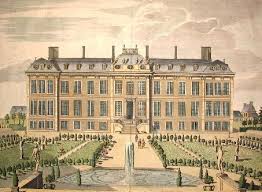
On July 15th, 1759, the British Museum, one of the world’s most renowned cultural institutions, officially opened its doors to the public. Established by an Act of Parliament in 1753, it was the first national public museum in the world. The museum’s initial collection was largely based on the vast array of artifacts amassed by physician and naturalist Sir Hans Sloane. Its founding marked a significant step in making knowledge and cultural heritage accessible to a wider audience. Over the centuries, the British Museum has grown to house an extraordinary collection of human history, art, and culture. It continues to be a global center for research, education, and the display of artifacts from across the globe.
The Invention of the Electric Train (1837 AD)
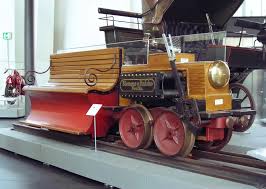
On July 15th, 1837, Scottish inventor Robert Davidson completed and successfully demonstrated the world’s first known electric locomotive. Named “Galvani” after the pioneering work in electromagnetism, this groundbreaking invention was powered by galvanic batteries. While not commercially viable due to the high cost of batteries, Davidson’s prototype laid the essential groundwork for future electric railway development. His work showed the immense potential of electricity as a motive force for transportation. This early innovation was a crucial step towards the widespread adoption of electric trains, which would revolutionize rail travel in the following decades. It marked a significant milestone in the history of engineering and transportation technology.
First Scheduled Flight of the Boeing 747 (1970 AD)
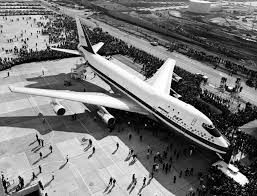
On July 15th, 1970, the iconic Boeing 747, often dubbed the “Queen of the Skies,” made its first scheduled commercial passenger flight. This inaugural long-haul flight was operated by Pan Am from New York to London. The 747 revolutionized air travel with its massive capacity, distinctive hump, and unprecedented range. It ushered in an era of more affordable and accessible international travel for millions. Its introduction significantly impacted the global aviation industry, making long-distance journeys more common. The jumbo jet quickly became a symbol of modern air travel and a staple for airlines worldwide. It remains one of the most recognizable and beloved aircraft in history.
Sure, I can replace the Apollo-Soyuz Test Project with another significant event that happened on July 15th.
Release of the First Harry Potter Film, Harry Potter and the Sorcerer’s Stone (2001)
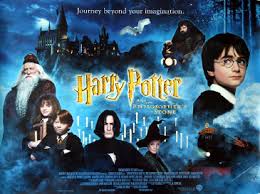
On July 15th, 2001, the highly anticipated film adaptation of J.K. Rowling’s beloved novel, Harry Potter and the Sorcerer’s Stone (known as Harry Potter and the Philosopher’s Stone outside the U.S.), premiered in the UK. This movie marked the cinematic debut of the magical world of Hogwarts, bringing the iconic characters to life on screen. Directed by Chris Columbus, it launched one of the most successful film franchises in history, captivating audiences worldwide. The film’s release fueled the global “Pottermania,” further popularizing the books and creating a new generation of fans. Its commercial and critical success ensured that the entire seven-book series would eventually be adapted for the big screen. The movie’s impact on pop culture and the entertainment industry was immense, turning Daniel Radcliffe, Emma Watson, and Rupert Grint into household names.
